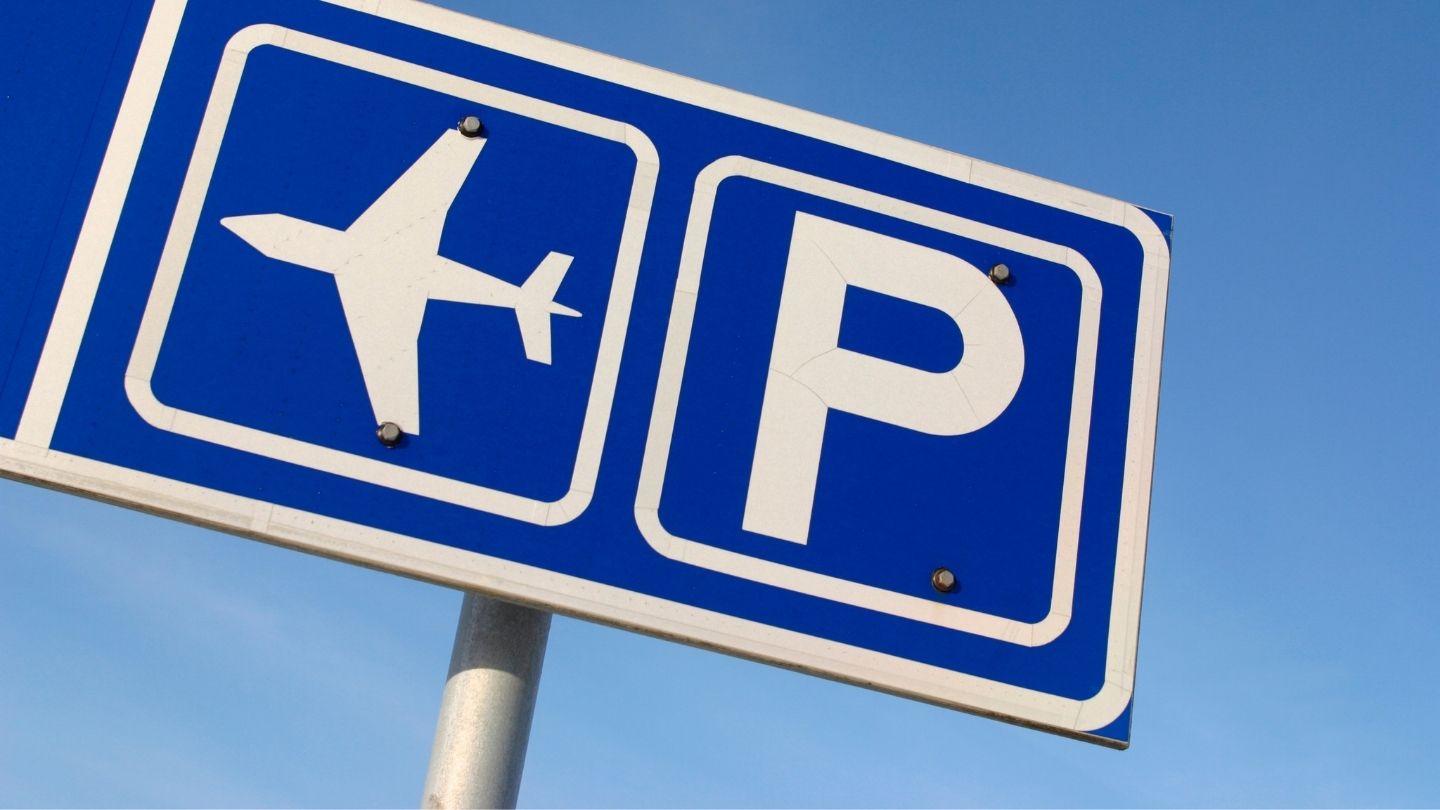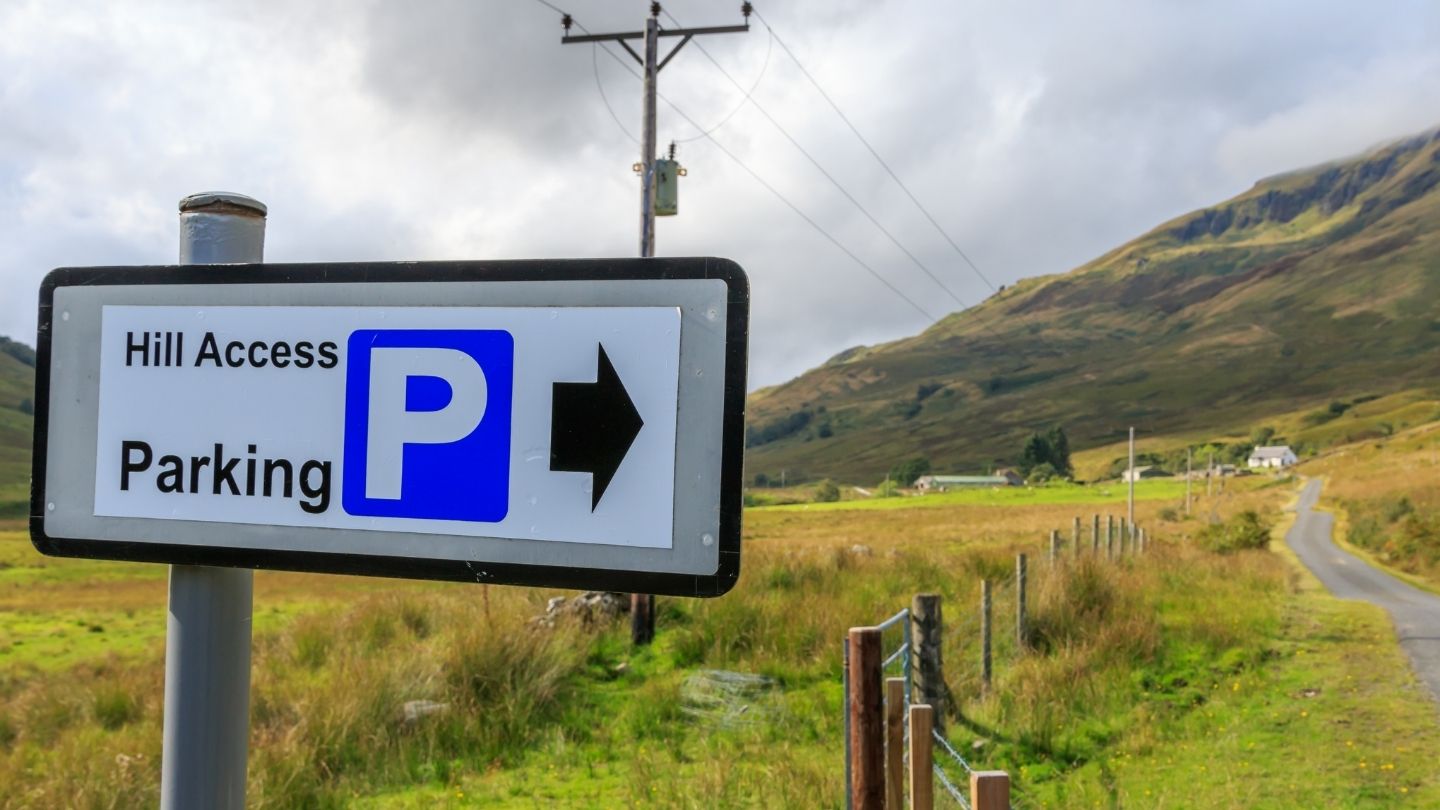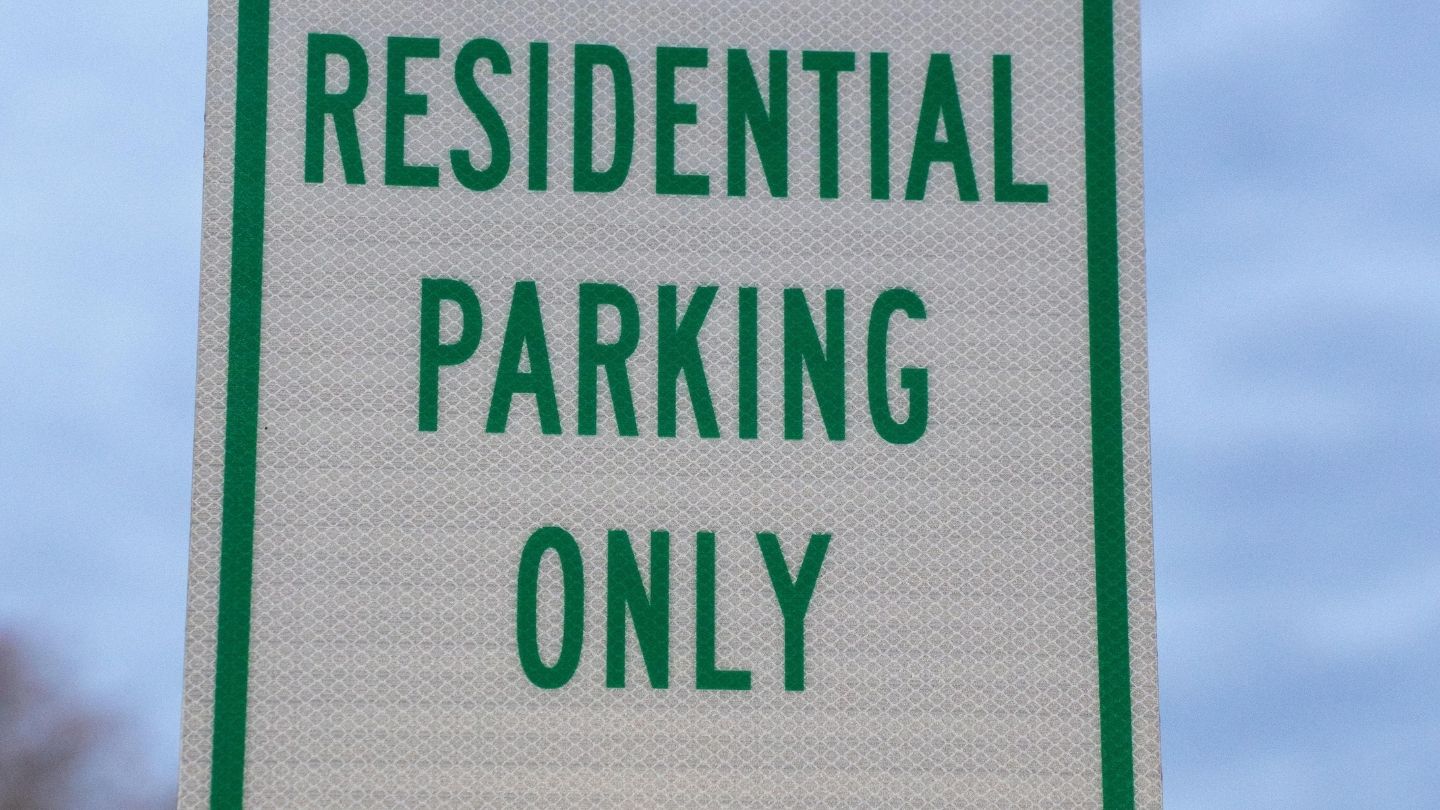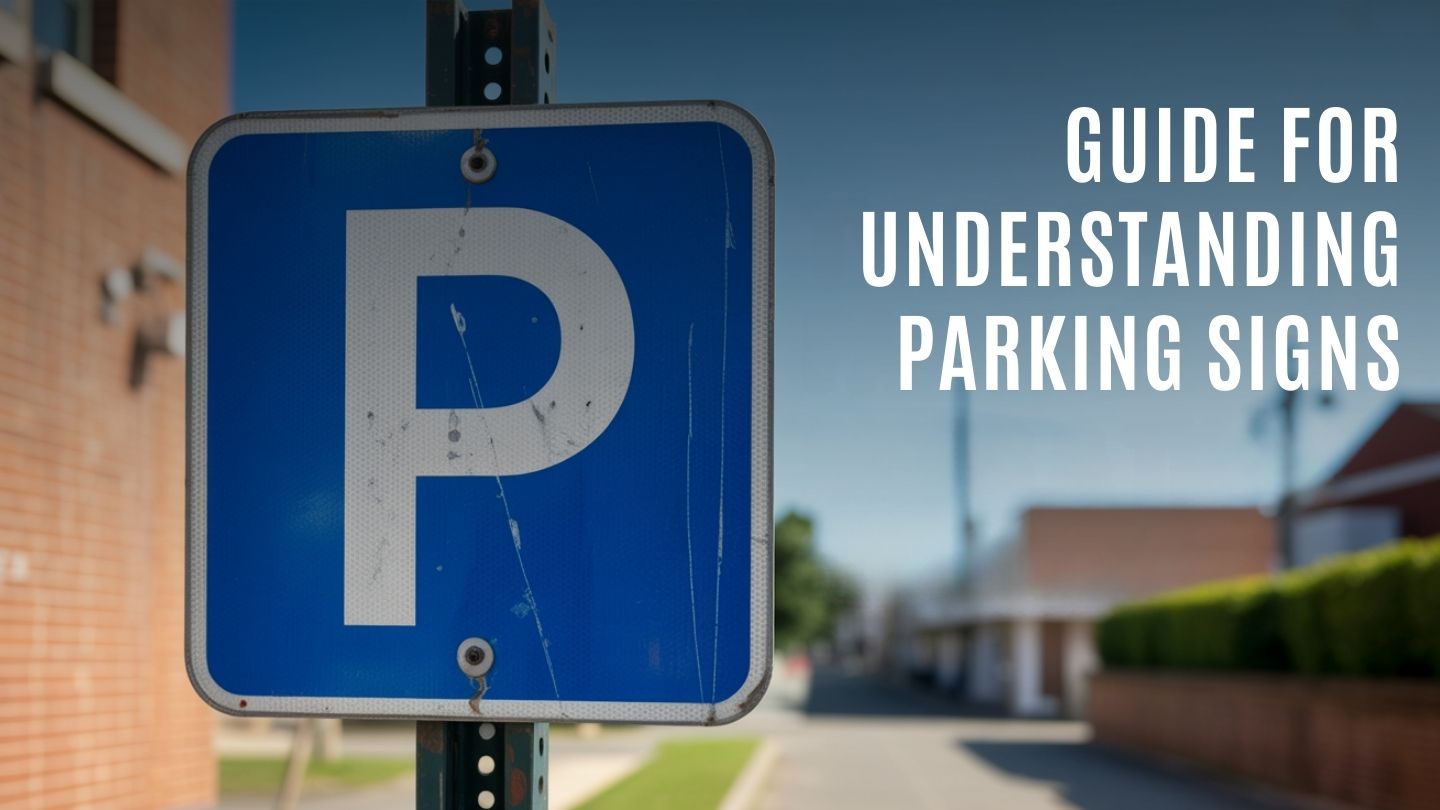Parking regulations can vary from one location to another, making it essential for drivers to recognize and interpret posted signs correctly. These signs provide important information about where and when you can park, ensuring smooth traffic flow and pedestrian safety. Misreading or ignoring them can lead to costly tickets or even towing. By understanding the rules behind each sign, you can avoid unnecessary penalties and frustration. In this blog, we’ll break down the most common types of parking signs, their meanings, and tips to help you stay compliant.
Key Takeaways
- Understanding various types of parking signs, including ‘No Parking,’ time-limited, and permit signs, is essential for avoiding fines and maintaining road safety.
- Ignoring parking regulations can lead to significant penalties, with fines ranging from $25 to over $500 for violations, including overstaying time limits and parking in restricted zones.
- Utilizing parking apps and regularly checking posted signs can help drivers manage their parking effectively and avoid tickets, especially in residential and congested areas.
Types of Parking Signs and Their Meanings

Parking signs use symbols and colors to convey specific rules to drivers, reducing confusion and promoting safer navigation in parking areas. Recognizing and understanding these signs can significantly decrease traffic bottlenecks by directing vehicles efficiently.
Let’s explore the most common types of parking signs and what they mean for drivers.
No Parking Signs
No parking signs serve to control parking behavior, prevent congestion, and ensure road safety. Easily recognizable by their specific colors, shapes, and symbols, these signs are commonly found near fire hydrants, bus stops, and loading docks. Violating no-parking zones can lead to hefty fines and towing. Remember, parking near fire hydrants and emergency response areas can obstruct vital access and result in severe penalties.
Time-Limited Parking Signs
Time-limited parking signs indicate how long a vehicle can remain parked in a specified area. For instance, in Boston, most parking meters enforce a maximum stay of 2 hours. Exceeding the designated time limit can result in fines, emphasizing the importance of adhering to these regulations to avoid penalties.
Permit Parking Signs
Permit parking signs are used to indicate areas where only vehicles with specific permits are allowed to park. In cities like Boston, these signs clearly delineate where only permitted vehicles may park, preventing unauthorized vehicles from occupying those spaces. Having a residential parking permit can be a significant advantage in crowded urban areas.
Tow-Away Zone Signs
Tow-away zones are areas where parked cars may be towed during specific hours. These car zones are essential for maintaining clear passages and ensuring parking safety.
Tow-away zone signs inform drivers that vehicles parked in those areas may be towed during designated hours, making it crucial to heed these warnings to avoid the inconvenience and cost of towing.
Importance of Parking Signs for Road Safety

Parking signs play a crucial role in maintaining road safety by guiding drivers on where to park and preventing accidents. Effective parking regulations can significantly reduce traffic congestion by ensuring vehicles do not occupy spaces that obstruct roadways. Completing a driver’s ED in Dallas helps motorists better understand these signs and follow parking rules correctly.
Understanding and complying with these signs not only helps in avoiding fines but also contributes to what each sign means for a safer and more efficient traffic flow.
Avoiding Traffic Congestion
Proper parking helps to utilize available road space efficiently, especially in congested areas during peak hours. For example, in downtown Boston, many metered streets become an extra travel lane during rush hour, highlighting how effective street parking management can alleviate congestion. Exceeding time limits on parking meters can lead to fines starting at $40, reinforcing the importance of adhering to parking regulations. Learning proper maneuvering skills, such as those covered in parallel parking in Texas, can help drivers position their vehicles correctly and comply with posted signs in tight, high-traffic areas.
Ensuring Emergency Access
No parking zones are crucial as they ensure first responders have unobstructed access. In Boston, no parking signs are often used to keep fire lanes clear.
Parking in the red zone of a driveway may also result in being cited or towed, emphasizing the need to respect these areas for the safety of all.
Protecting Pedestrian Pathways
No parking signs keep sidewalks clear and safe for pedestrians, reducing the risk of accidents. Pedestrian crossing signs in parking lots should be accompanied by proper lines, bollards, or barriers to ensure the safety of those on foot at the crosswalk. Additionally, no parking signs help maintain a clear sidewalk for everyone.
Parking signs play a pivotal role in maintaining clear pedestrian pathways, protecting pedestrians, and enhancing overall road safety while standing out to drivers. Being mindful of crosswalk markings and sign placements is part of overall parking lot safety, ensuring both pedestrians and drivers can navigate shared spaces without risk.
Common Violations and Penalties
Ignoring parking signs can lead to common violations and hefty penalties. For instance:
- Parking longer than the permitted duration in a 2-hour max zone can result in fines.
- Hour restriction signs indicate that parking is limited to certain hours.
- Penalties for violating these restrictions can range from $25 to over $500, depending on the severity of the violation.
Overstaying Time Limits
You can be ticketed for parking in the same block after moving your vehicle in permit areas. To avoid additional fines, parking tickets in Boston should be paid within 21 days of issuance.
Payment can be made online, by mail, or in person at designated city locations to ensure timely compliance.
Parking in Restricted Zones
Parking in areas designated as tow-away zones can result in fines exceeding $500 for serious violations. For less severe infractions, like parking in a no-parking zone, fines can range from $90 to $500.
These penalties underscore the importance of adhering to parking regulations to avoid costly mistakes.
Blocking Fire Hydrants and Driveways
Parking in front of fire hydrants can result in fines of $100, as it can hinder emergency services during critical situations. In Boston, parking too close to a fire hydrant can lead to a $100 fine, emphasizing the need to keep these areas clear for first responders.
Special Considerations for Residential Areas

Residential areas have unique parking regulations to ensure accessibility for all residents. Reserved parking for specific groups, including employees, first responders, or customers, is common in the parking area.
Proper awareness and compliance with parking rules in residential neighborhoods are essential to prevent fines and ensure accessibility.
Residential Parking Permits
Residents can apply for parking permits online or at designated city offices to avoid fines in restricted zones. In cities like Chicago, a residential parking permit must be displayed to park in residential zones. ‘Resident Parking Only’ signs indicate that vehicles must display a resident parking permit sticker.
If you don’t have a permit in permit areas, move your vehicle at least one-tenth of a mile, about 500 feet, to avoid fines.
Street Cleaning Signs
Observing street cleaning schedules is crucial to avoid parking tickets and towing. In Boston, street sweepers notices are typically posted 24 hours in advance to alert drivers about restrictions. You can check the street cleaning schedule online to stay informed about parking restrictions and avoid fines.
Understanding Temporary Parking Restrictions

Temporary parking restrictions are crucial for managing parking spaces effectively during particular situations. These restrictions are often implemented to ensure public safety and accessibility, especially during events.
In cities like Boston, temporary parking restrictions are enforced for events such as parades, festivals, and concerts.
Event-Specific No Parking Signs
In Boston, temporary no-parking signs for special events are typically posted several days in advance to inform residents and drivers of restrictions. These signs indicate specific dates and times when parking is prohibited due to events like parades or street festivals.
Failure to obey event-specific no-parking signs can result in fines and towing of vehicles, emphasizing the importance of paying attention to signage during significant city events.
Construction Zones
Parking restrictions in construction zones are crucial for maintaining safety and ensuring that commercial vehicles have access. These restrictions are strictly enforced in the restricted zone to protect workers and provide necessary access for construction vehicles.
Signs indicating specific prohibited areas help facilitate construction work and ensure safety in restricted areas, with signs posted to guide workers effectively.
How to Handle a Parking Ticket
Receiving a parking ticket can be frustrating, but it is important to address it promptly to avoid additional penalties. In Boston, you can contest a parking ticket through various methods, including:
- Online
- By mail
- In person
- Via video call.
Following up on your contesting request can make a significant difference in the outcome.
Paying Your Ticket
Payment for parking tickets can be made online, by phone, or by sending a check through the mail, ensuring prompt settlement to avoid extra charges. Timely payment is crucial to avoid additional penalties.
Neglecting to pay parking tickets on time can result in late fees and further legal actions.
Contesting a Ticket
To contest a parking ticket, you must provide specific details, such as your vehicle registration and the ticket number, along with any evidence supporting your claim. The City of Boston allows appeals through several methods, such as online, by mail, in person, or via video call.
Submitting your contesting request with all necessary information and following up on the status is essential for a successful appeal.
Mastering Parking Sign Awareness
Understanding parking signs is essential for avoiding fines, preventing vehicle damage, and ensuring compliance with local regulations. By recognizing and interpreting these signs correctly, drivers can navigate parking situations with confidence and contribute to safer, more organized roadways for everyone.
At Easy Drivers Ed, we provide comprehensive training, including lessons on interpreting traffic and parking signs, through our online driver’s ED in San Antonio program. Our courses are designed to equip you with the knowledge and skills to handle real-world driving scenarios effectively. Enroll today and start your journey toward safer, smarter driving with us.
Frequently Asked Questions
What should I do if I receive a parking ticket?
It is advisable to address the parking ticket promptly to avoid further penalties. You can pay it online, by phone, or by mail, or contest it if you believe it was issued in error through appropriate channels.
How can I avoid parking tickets?
To avoid parking tickets, always check for posted parking signs and utilize parking apps to locate legal spots. Additionally, familiarize yourself with local regulations and ensure your vehicle is moved regularly within permitted times.
What are the consequences of parking in a no-parking zone?
Parking in a no-parking zone can result in significant fines and the potential towing of your vehicle, with fines generally ranging from $90 to over $500. It is advisable to adhere to parking regulations to avoid these consequences.
How do I obtain a residential parking permit?
To obtain a residential parking permit, you can apply online or visit designated city offices. Ensure that you check your local regulations, as requirements may vary by city.
What is the importance of temporary parking restrictions?
Temporary parking restrictions are crucial for effective parking management during events or construction, ensuring public safety and accessibility. Adhering to these regulations is essential for a smooth driving experience.

